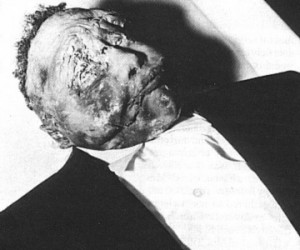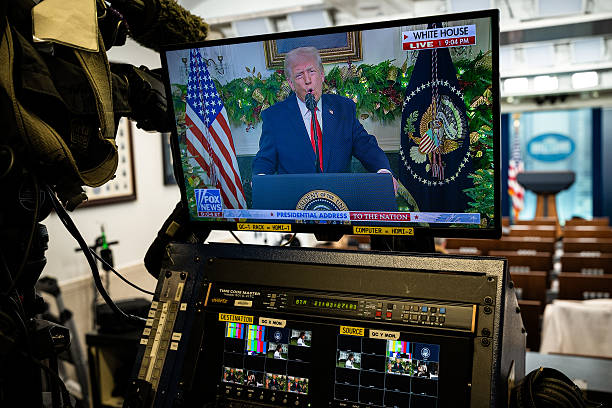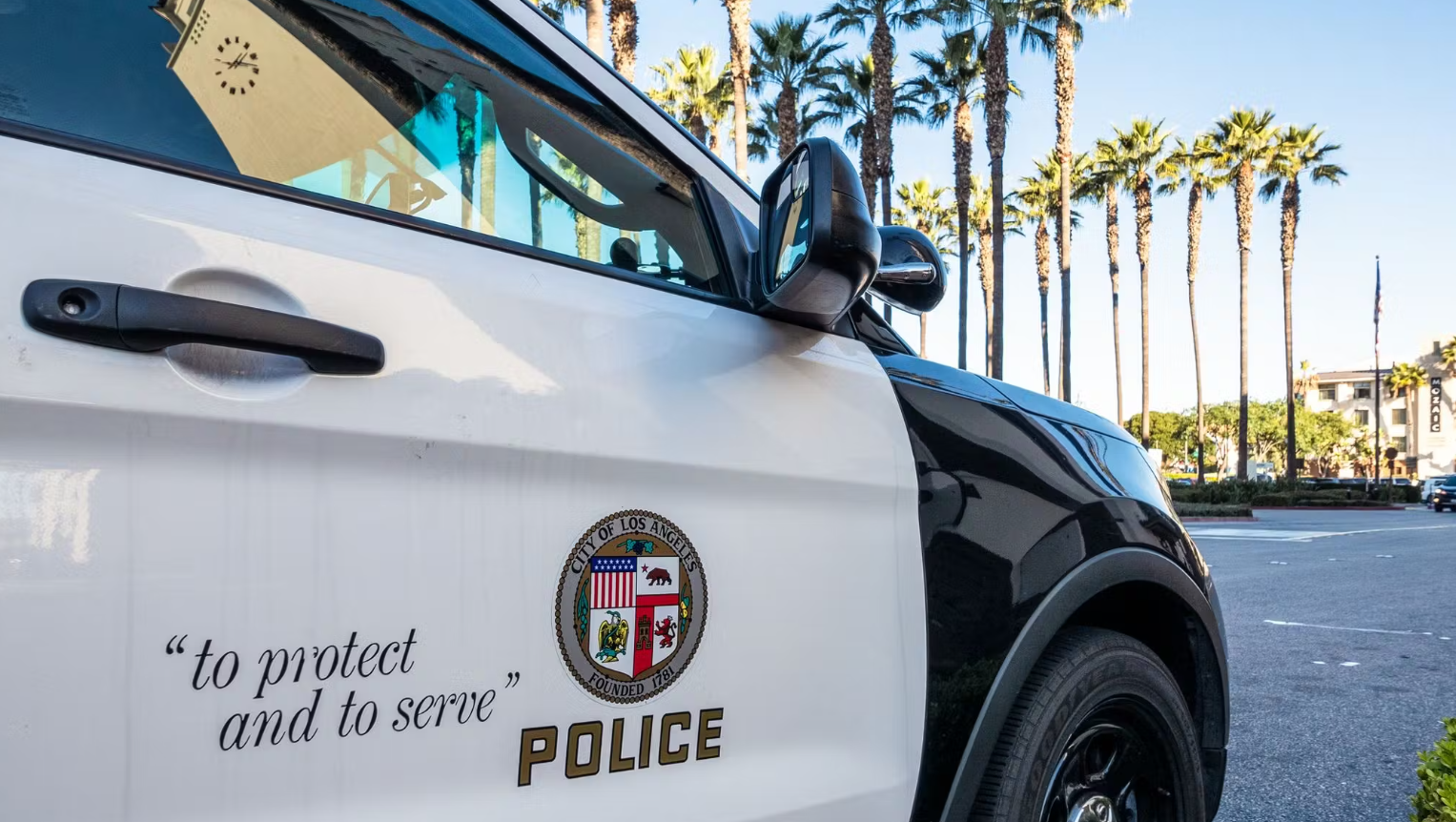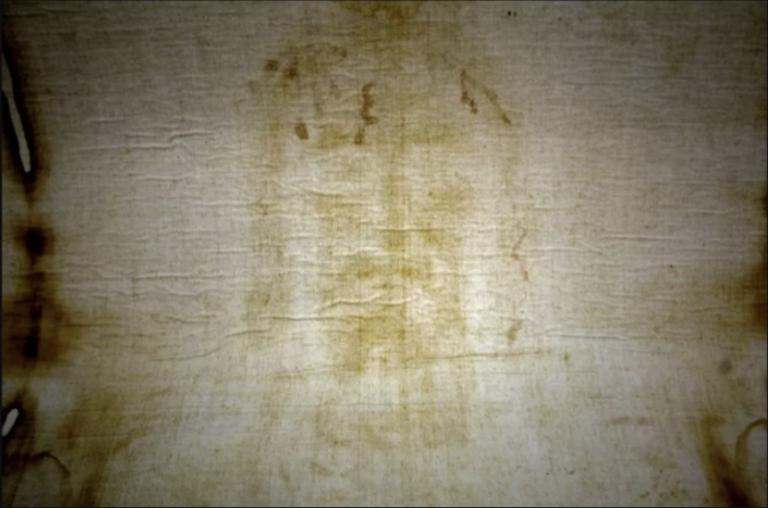(ThyBlackMan.com) Emmett Till was murdered on August 28, 1955. They found his body horribly mangled at the bottom of the Tallahatchie River with a cotton gin fan tied around his neck with barbed wire. Till had dared to break one of the sacred rules of the Jim Crow South. He “flirted” with a white woman. He was only fourteen years old.
Emmett Till’s mother, Mamie Till Mobley, decided to have an open-casket funeral. She wanted everyone to see what they had done to “her baby.” The Chicago Defender reported that over “250,000 people viewed and passed by  the bier of little Emmett Till … All were shocked, some horrified and appalled. Many prayed, scores fainted and practically all, men, women and children wept.”
the bier of little Emmett Till … All were shocked, some horrified and appalled. Many prayed, scores fainted and practically all, men, women and children wept.”
On September 15th, 1955 Jet Magazine published, unedited, the images of Emmett Till. Black America was stunned. For some, this was the first visual image of the brutality of American racism. For others, the dead body of Till only confirmed the disease at the heart of the United States. America was sick. And Emmett Till was to become the sacrificial lamb, which sparked the modern Civil Rights Movement that sought to heal the nation.
What did Mamie Till Mobley want us to see when she decided to leave open her baby’s coffin? What was she memorializing at that moment? Obviously, her decision called attention to the brutality of American racism. But I am convinced that she wanted to make visible all of those victims of American hatred who remained invisible. The nameless black bodies that lined the bottom of the Tallahatchie River and the spirits that were defeated daily by the systemic and dehumanizing experience of white supremacy were all captured in the brutally disfigured face of a murdered fourteen-year old boy. Perhaps she wanted that image to haunt the nation — to force us to remember those who reside in the shadows. Those images defined a generation. And they, at least for me, continue to haunt.
On the exact same day, eight years later, an estimated 250,000 people engaged in an historic demonstration before the Lincoln Memorial for civil rights and economic justice. And it was here that Dr. Martin Luther King, Jr. delivered his famous “I Have a Dream” speech. In some ways, that speech stands as a third “founding” of the nation. Just as President Lincoln’s second inaugural offered a revision of the revolutionary beginnings of America, Dr. King’s words expanded the very idea of American democracy in which the promises of freedom and justice would be extended to its entire people.
We have now honored Dr. King with a national memorial. But what are we to see and to remember when we visit this place? How are we to understand its connection to the death of Emmett Till?
All too often our memory of the March on Washington suffocates its lessons. Many see it as an affirmation of the inherent goodness of America — of our progress towards a “more perfect union.” But we are so busy patting ourselves on the back about how far we’ve come that we’ve turned a blind eye to the ugliness of America, in all of its guises, that continues to thwart the life chances of so many of our fellows.
That memory is also lost as those who claim Dr. King’s inheritance use the anniversary of the March on Washington to project themselves as leaders. They urge us to engage in rote marches, while one after another wraps themselves in the shroud of Dr. King’s prophetic sacrifice. All the while, suffering remains unseen as they revel in newfound access to the corridors of power.
In some ways, how we remember the black freedom struggle today is destroying parts of our collective memory. America’s racist past has become too neat and clean; our dead have been ushered off stage. All the while Rush Limbaugh, Senator Tom Coburn, and others trade in the languages of its insidious offspring. And the structural legacy of racism continues, despite claims of personal responsibility, to deny opportunity to a significant portion of the American population.
Americans, especially African Americans, must not walk through the King national memorial without remembering our dead, without calling the names of those we know and acknowledging the nameless souls who sacrificed for a more just world.
This is why we have to return to the open casket of Emmett Till. How we remember our dead informs how we struggle on behalf of those who live in the shadows. Mamie Till Mobley taught us this lesson. She declared boldly, even after burying her child, that she did not have time to hate — that she would pursue justice for the rest of her life. That open casket was about justice; those images of Emmett Till were to remind us about the never-ending fight for justice. And if we revel in the simple fact that Dr. King’s image stands among the memorials in Washington, D.C. without remembering the fight for justice today then we have been taken in by sounding brass and tinkling cymbal, and we’ve turned our backs on our dead.
Written By Eddie Glaude, Jr.
Official website; http://twitter.com/esglaude

















Why do you black people focus on pain all the time….damn….you’ll are some depressing ass people for real…talk about some accomplishments like Hannibal defeating the Roman armies, or the Moors civilizing what’s known as Europe, or the scientific exploits of Kemet (Egypt) or Reginald Lewis the brother who became a billionaire with Beatrice Foods. It’s always pain. Damn. My professor told me in 2006 when you talk about black people you are dealing with a sick people. She wasn’t lying. All they talk about traumatic events like they went through it. None of you’ll were in these situations so why do you keep talking about it? And don’t say we need to remember. No we don’t we need to forget the pain and celebrate the accomplishments for once. All we know is taking ass whippings. Celebrate Ben Carson or Benjamin Banneker (who devised Washington using Moorish Science). This is why you can’t move forward.
this was sooooo very very sad and i honsetly dont think that this is all what happend i think that people are picking around and around the true story and eventually that so sad
Finally Emmett Till’s glass-dome coffin — through which many thousands viewed his mangeled and beaten body when is mother sent it on tour throughout the country — is going to be properly preserved at the Smithsonian.
Emmett was buried at Burr Oak Cemetery — the old Negro burial ground in Alsip, outside Chicago. That’s where in 2009 they uncovered a massive grave desecration scandal. Graves were dug up, double-stacked and destroyed. The destruction was allegedly part of an elaborate scheme to resell the plots by a cemetery manager and three workers. During the investigation they discovered Emmett Till’s coffin, rusted and rotting, in a back shed. Ethic Soup has some good posts on this, including:
http://www.ethicsoup.com/2009/07/where-is-emmett-tills-coffin-where-are-the-babyland-graves-.html
and
http://www.ethicsoup.com/2009/08/emmett-till-can-finally-rest-in-peace-coffin-saved-forever-in-smithsonian.html